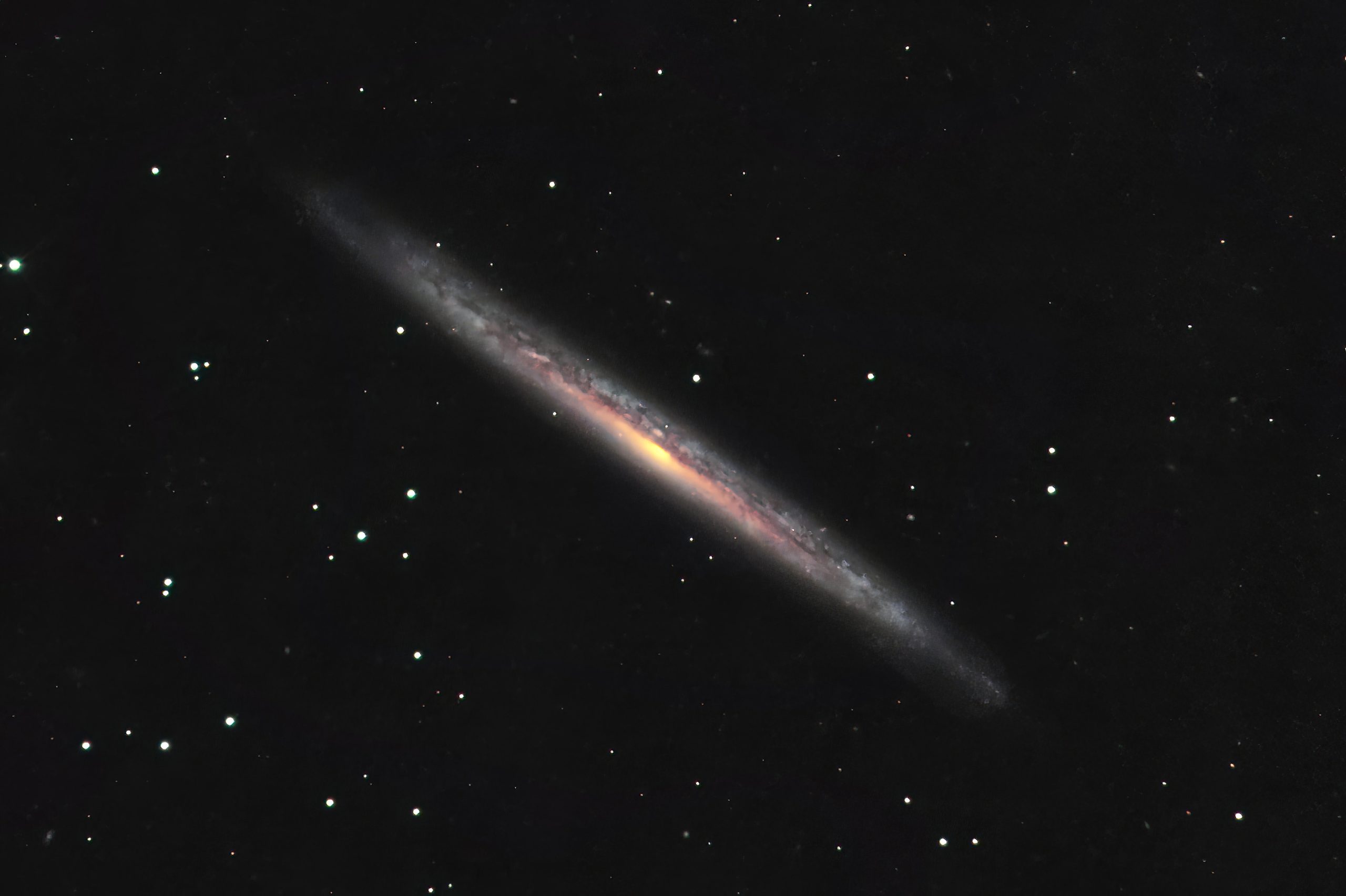2024 September 2
Deep Sky Update – August 2024
August has finally brought dark skies again – and even a few clear nights. Last night of the month (31 Aug to 1 Sept) was the best of the month, and I managed a few images with the Seestar, though it did not cope very well with the gusty wind. We have been lucky with aurorae through August too – I have observations over four nights, and it was visible on a couple more. I have also been keeping an eye on Corona Borealis in case ‘T’ has gone off – to date it does not seem to have.
Sorry this update will be brief – I am getting ready for the Orkney International Science Festival which will be starting on the 5th of September.
Section Personnel
I am pleased to let you know that Jim Latham is taking up the role of Assistant Director. Much thanks goes to Jonathan Blake who had this role previously. Jim is a visual observer using mostly a 14 inch Newtonian reflector on a yoke mount (rather unusual these days but was a popular choice for the ATM in days of old).
John McCue will be standing down as Double Star Advisor by the end of the year at the latest. If anyone would like to take on this role to coordinate and encourage double star observations please get in touch with me. It would be a shame if the BAA’s long tradition in double star observing could not be continued with a specialist in this role. I would like to thank John very much for flying the flag for double stars over the past years.
Deep Sky Webinar
Sorry I got the date wrong in last month’s update – it will be on Thursday 17th October from 7:30pm. Further details to be advised.
August Object of Interest – NGC 6772
Thanks to everyone that had a go at this Planetary Nebula in Aquila. I did try for it on Aug 31, but my observing position to avoid the wind meant that it was obscured by buildings. Images were taken by Alan Thomas, David Strange, Grant Privett and Ivan Walton. Here is David’s image (I’ve cropped the photo but if click on the photo it will take you to a full view).
Jim Latham was able to observe it visually at the end of the month and notes
“We’ve finally got some clear, dark, moonless skies here, and I had a look at NGC 6772 last night (29th, c. 22:00 UT). In the 14″ it showed as a nebulous oval with hazy, indistinct edges. In good moments with averted vision it had a slightly darker centre giving the impression of a ring, with the northern edge seemingly the brightest section. It was best seen at moderate power – x120 and x180, and much fainter at x340. The OIII filter helped a lot.”
Object of Interest for September
For September my pick is still in the summer constellations – Sagitta this time, and I’ve gone back to Globular Clusters for this target. But nothing easy – it’s Palomar 10. A large scope is probably needed for a visual observation, at around 13th magnitude and 3 arc-minutes diameter. However for visual observing it does actually look like a globular. It should be well within the range for imaging, but again the small apparent diameter may make it tricky to resolve. There are no images of Palomar 10 in the Members Albums that I could find, so I wonder who will be first?
Deep Sky Picture of the Month
For this month’s Deep Sky Picture of the Month, I’ve chosen this super image of NGC 5907, the Splinter Galaxy, in Draco by Mike Greenhill-Hooper. Not only is it a great image, but Mike has shown great perspicacity to achieve this with a 20 inch Obsession. Mike notes:
“Images stacked and processed in Affinity Photo. Manually rotated camera throughout observing session to compensate for field rotation using graduated index scale and associated spreadsheet based on trigonometric equations found in Smart’s “Spherical Astronomy”. This was a bit tedious but it seemed to work.”
Who would have known that a first year astronomy textbook would come in useful now!

And Finally
Nights are certainly getting darker quicker now, so not quite the need to stay up very late to observe – I just hope that the weather will be a little better!
Clear, dark skies,
Callum
| The British Astronomical Association supports amateur astronomers around the UK and the rest of the world. Find out more about the BAA or join us. |

